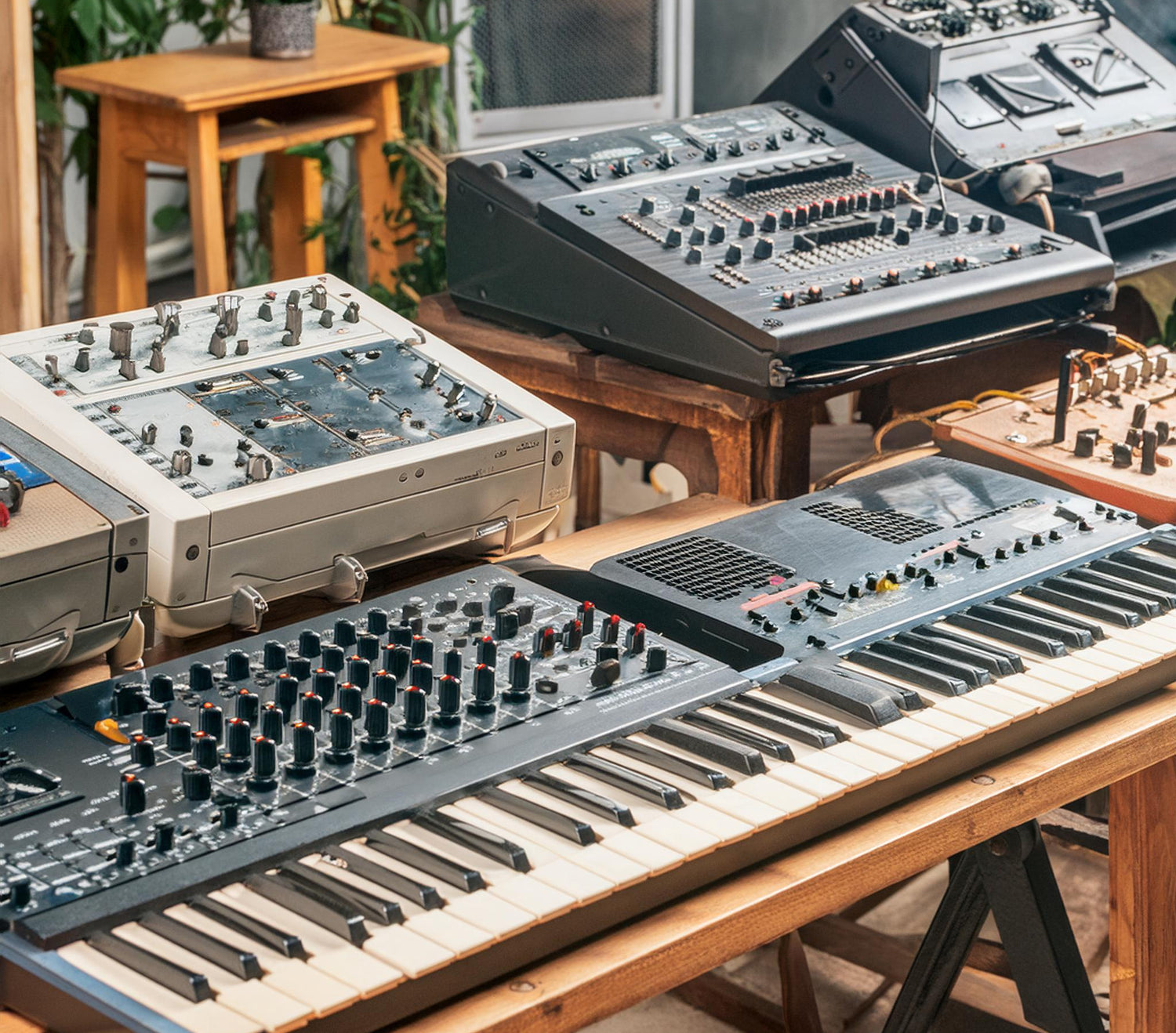In the age of digital music production, the warmth and character of analog sound still hold a special place in the hearts of producers and audiophiles. The good news is that you don't need a room full of vintage gear to achieve that coveted analog sound. With the right VST plugins and techniques, you can bring the lush, warm qualities of analog equipment into your digital workspace. Here's how you can do it.
Understanding Analog Warmth
Analog sound is often described as warm, rich, and full-bodied. This is due to the unique characteristics of analog equipment, such as tape machines, tube amplifiers, and vintage synthesizers, which introduce subtle distortions, saturation, and harmonic overtones. These imperfections create a sense of depth and presence that digital recordings can sometimes lack.
Choosing the Right VSTs
1. Analog-Modelled Synths
Many modern VST synths are designed to emulate the sound of classic analog synthesizers. Plugins like Arturia's V Collection and U-He Diva, which we have some huge preset packs for. These VSTs capture the oscillators, filters, and modulation characteristics that give analog synths their distinctive sound.
2. Saturation and Tape Emulation
To mimic the warmth and saturation of analog tape, look no further than plugins like Softube's Tape, Waves' J37, and Universal Audio's Studer A800. These plugins emulate the behaviour of tape machines, adding subtle saturation, compression, and harmonic distortion that can make digital recordings sound more organic.
3. Analog-Style EQs and Compressors
Analog EQs and compressors are known for their musicality and character. VSTs like the Pultec EQP-1A (available from various developers), Waves' SSL G-Master Buss Compressor, and the UAD LA-2A provide the tonal shaping and dynamic control reminiscent of vintage hardware.
Techniques for Analog Warmth
4. Layering and Stacking
One way to achieve a fuller sound is by layering multiple instances of analog-modelled VSTs. For example, stacking different synth patches can create a richer, more complex texture. Experiment with slightly detuning layers and applying different effects to each one for a more analog-like vibe.
5. Subtle Saturation
Saturation can add warmth and glue to your mix. Use tape emulation plugins on individual tracks, buses, or the master channel. Adjust the saturation level to add harmonic richness without overdriving the signal. A little goes a long way in creating that analog warmth.
6. Analog-Style Processing Chains
Create processing chains that mimic the signal flow of analog studios. For instance, start with an analog-modelled synth, add a tape emulation plugin, follow with an analog EQ, and finish with an analog compressor. This chain can help infuse your tracks with the cumulative effects of analog gear.
7. Using Noise and Imperfections
Analog equipment often introduces noise and subtle imperfections. Embrace these qualities by adding a touch of noise or vinyl crackle using plugins like iZotope Vinyl or AudioThing Vinyl Strip. These imperfections can add character and authenticity to your tracks.
Practical Application
8. Drums and Percussion
Drums benefit greatly from analog processing. Try using tape saturation on your drum bus to add punch and warmth. Analog-style compressors can glue the drum elements together, giving them a cohesive, powerful sound. Don't be afraid to experiment with distortion plugins to add grit and character to individual drum hits.
9. Basslines
For basslines, use analog-modelled synths to achieve that fat, warm sound. Apply subtle saturation to bring out the harmonics and add presence. Analog EQs can help shape the bass tone, ensuring it sits well in the mix without overpowering other elements.
10. Pads and Leads
Pads and leads can benefit from the lushness of analog synths. Layering multiple patches and applying tape emulation can create a rich, evolving soundscape. Use analog-style reverb and delay plugins to add depth and space, mimicking the natural reflections of physical spaces.
Conclusion: Embrace the Analog Spirit
Achieving an analog sound in a digital environment is not just about the tools but also about the approach. Embrace the imperfections, warmth, and character that analog equipment brings. With the right VSTs and techniques, you can capture the essence of analog in your digital productions, adding a timeless quality to your music.
Remember, the key to achieving analog warmth is subtlety. Let the characteristics of your chosen plugins enhance your sound without overwhelming it. By combining modern convenience with vintage charm, you can create tracks that resonate with the best of both worlds. Happy producing!


